Did you know that Michigan had thirty-one POW Camps during WWII? That’s right. Camp Lakewood, near Allegan, had housed two hundred-fifty Italian and German soldiers. These men had been treated well and were paid for their work at area farms and businesses. Join Chuck and I as we search for the hidden remains of World War II history right here in Michigan.
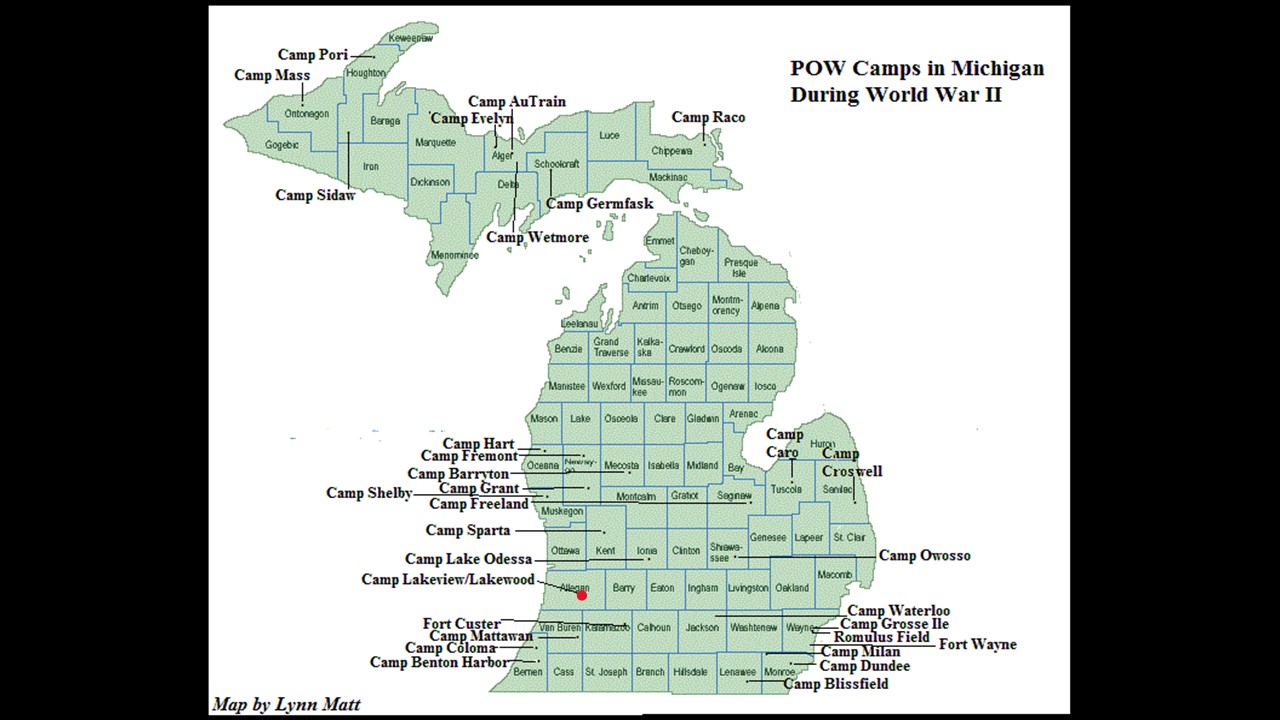
Photo Credit: Lynn Matt
Our Search Begins
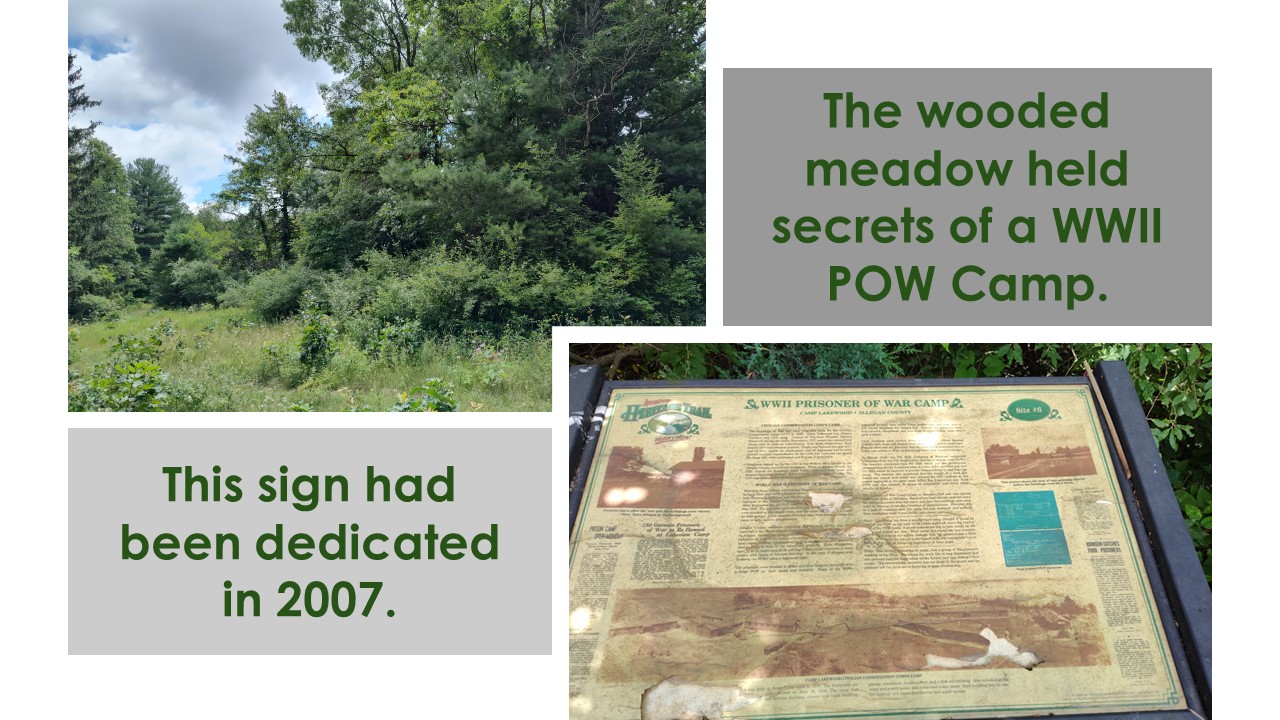
Dedicated in 2007, a cracked and peeling historical sign had greeted us at the gravel parking area, large enough for five vehicles. Chuck led the way through a red gate into a wooded meadow. A path had been worn among the thick grass and wild flowers. We even spied prickly pear cacti growing among the foliage. I had silently wondered if we’d find any evidence of the prisoner camp from the 1940’s.

A connection to the past had crept through me as I peered into the narrow gap. We’d definitely found something, but what? My mind had wandered to the prisoners who had lived here sparking my curiosity about their lives. I had been instantly motivated to find more foundations from the POW camp.
Camp Lakewood Aerial Map
In preparation Chuck had downloaded an aerial photo of the region and created an overlay of the buildings which had once served as a Civilian Conservation Corps camp, then the Prisoner Of War camp. With this map in hand, we continued on our search for evidence.
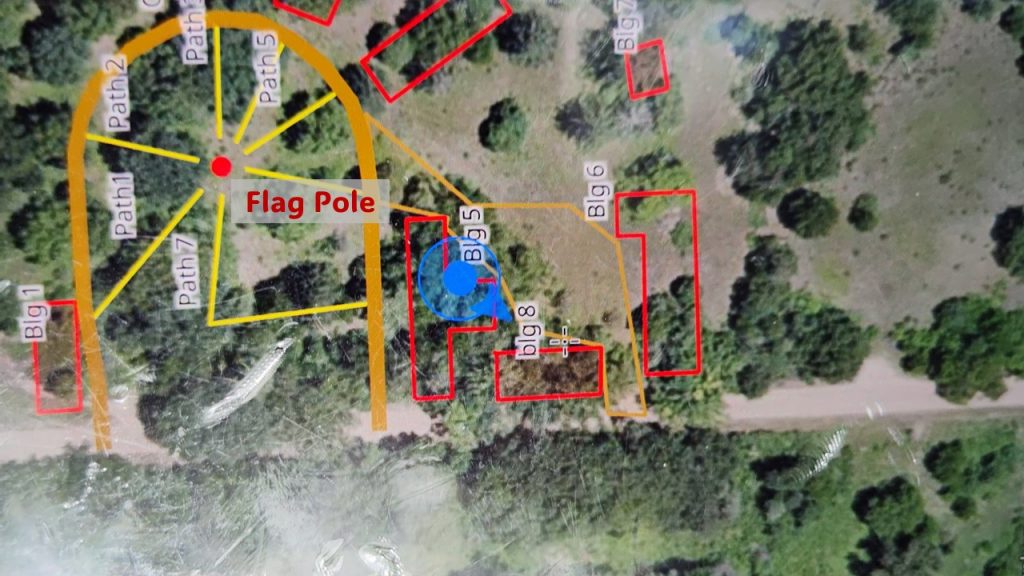
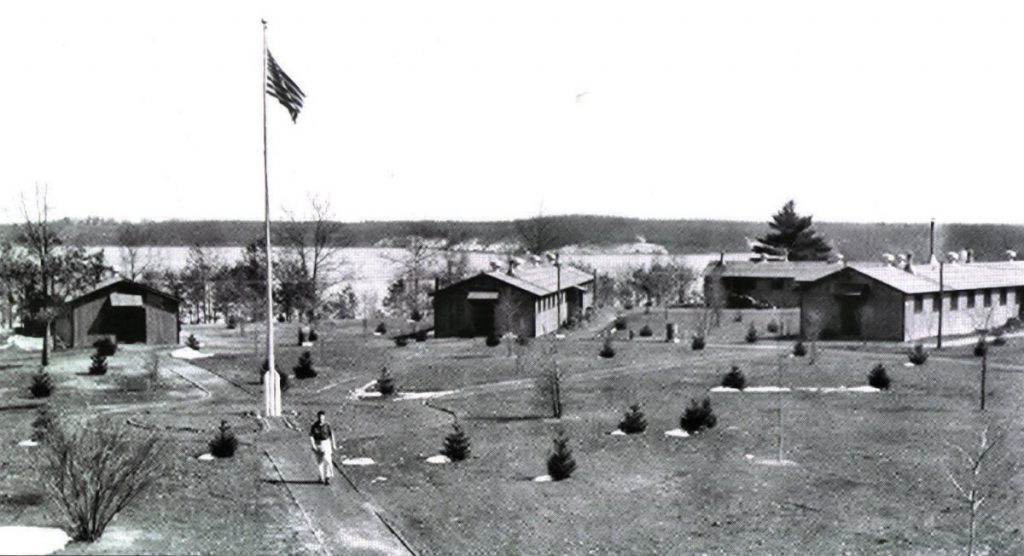
As we searched the area for evidence of the camp, I had bubbled with curious questions: When had this camp been constructed? Who had developed this land? What had life been like for the people who’d crossed these thresholds?
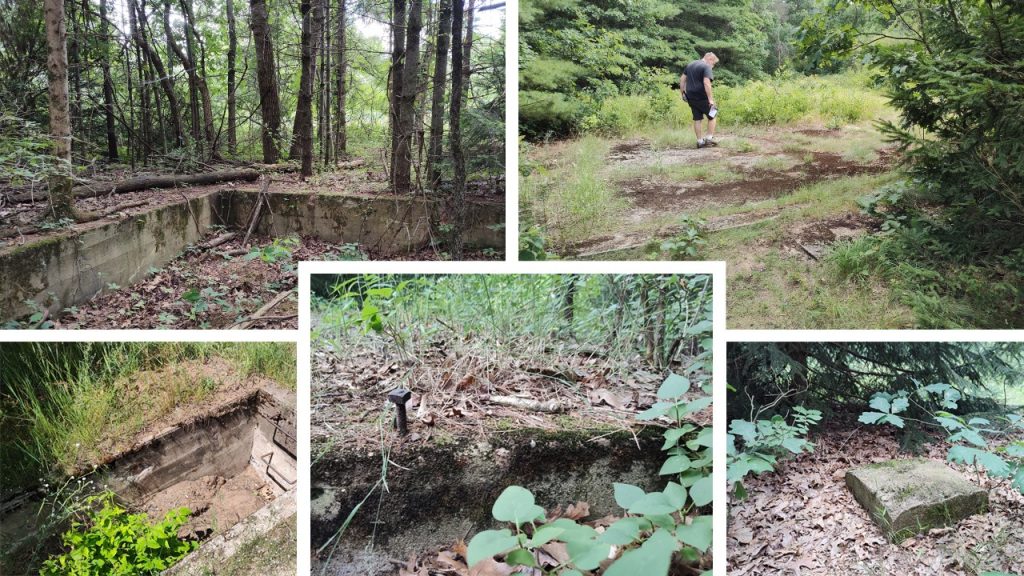
Civilian Conservation Corps (CCC)
As our nation endured The Great Depression, these buildings at Camp Lakewood had been constructed in 1936 to house the Civilian Conservation Corp. Young men had been given the opportunity to earn a wage by improving our nation’s infrastructure through hard labor: farming, forestation, factory work and flood control.
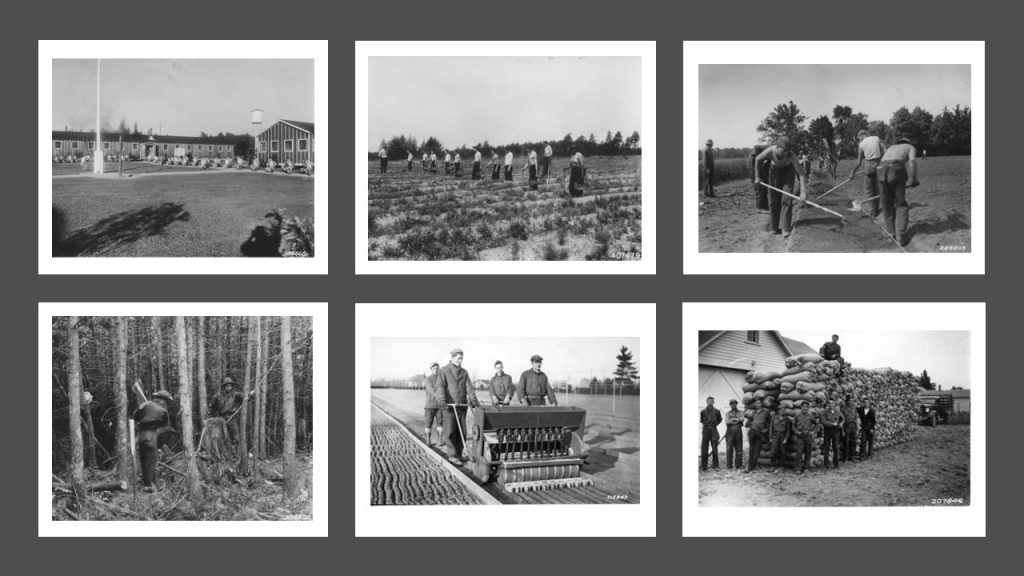
Camp Lakewood had operated for six years. (1936-1942)
Photo Credits: Forest History Society
Entering WWII
When the United States had entered WWII, the CCC program had ended as many men had signed up to serve in the military. Another ten million men, of the fifty million who’d signed up for “The Selective Service,” had been drafted for their one year of military service as well.
As World War II had raged through Europe and in Africa, the effects had been felt in every community around the world. Sacrifice and hardship had led to bravery and strength. Families in the states had planted “Victory Gardens” as a method to sustain their loved ones. Women had replaced the male factory workers. Life had become layered with challenges.
Soldiers Captured in Africa
In March of 1943 five thousand German and Italian soldiers had surrendered in Africa. These units had been the first to be brought to the United States as POWs, referred to as PWs at that time. Two hundred fifty of these soldiers had been sent to Allegan County’s Lakewood Camp.
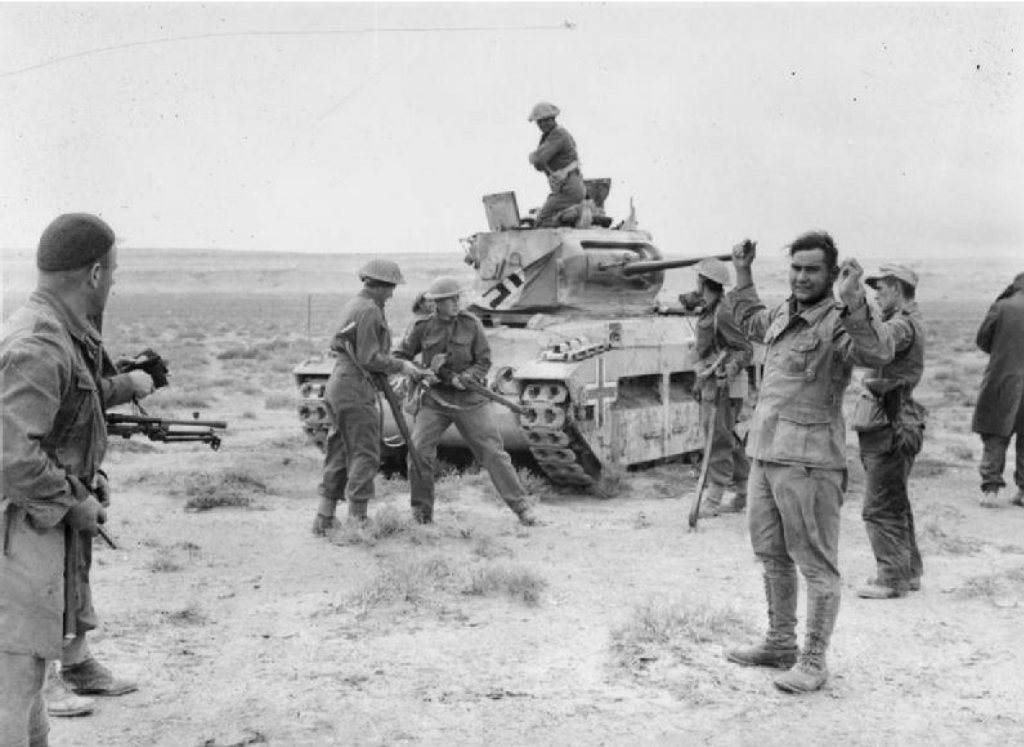
Following the rules of the Geneva Convention, where prisoners would be treated fairly, the United States had began the task of transferring these prisoners to the states.
These men had been processed and given an identification number. Evaluations had taken place and those who held Nazi beliefs had been detained with stricter guidelines than those who’d been agreeable. The prisoners’ six week journey across the Atlantic had been crowded. In New York, these men had been sent to one of 500+ Prison Camps across the United States.
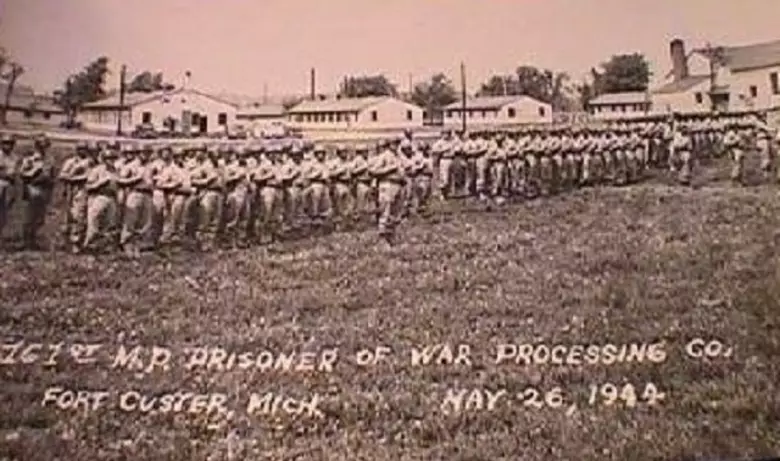
May 26, 1944
Eager United States Citizens
With crops ripening, United States communities had requested POWs so they could assist with harvesting. Factories had wanted workers, too. So, Camp Lakewood, which had been closed for a year, had quickly received needed repairs to house incoming prisoners. The pantry had been stocked with Army rations and the barracks had been cleaned. Youngsters who had lived close by had been offered $3.65 per day for weeding, picking beans, onions and cherries. Strands of barbed wire had been stretched around the perimeter of Camp Lakewood. The Allegan residents had been eager for the help with harvesting their ripening fruit.
Most POW camps had been in the southern states, where heating hadn’t been a necessity. Forty-six states had requested PW’s for help with staffing shortages. (Only Nevada and North Dakota hadn’t had POW camps.)
PW Camp Life
As they traveled by train from New York, prisoners had been shocked at the vastness of the United States.
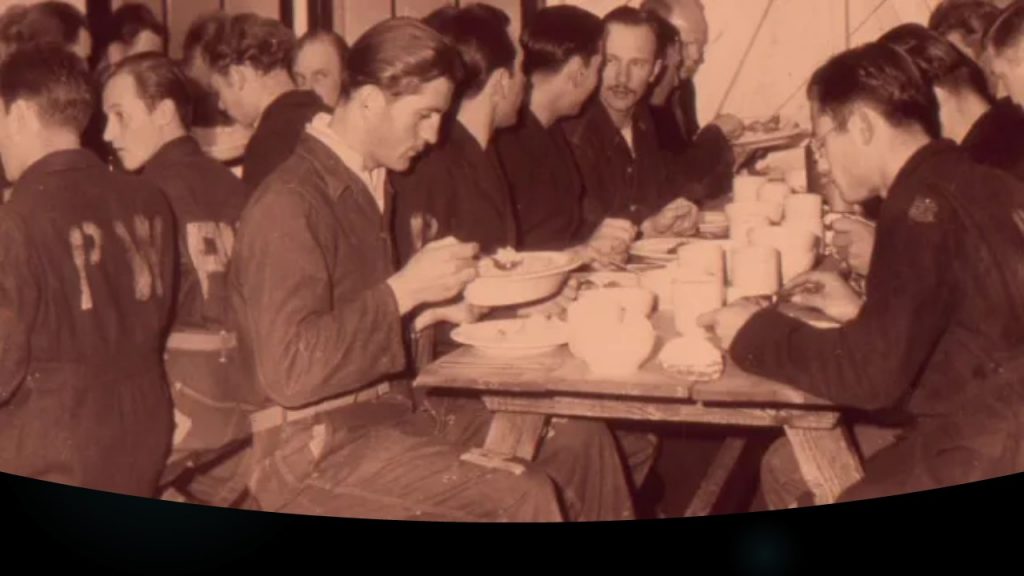
With “PW” stamped across the backs of their green or blue coveralls, the prisoners could choose to leave camp daily on work detail. Nearby farmers and factories would organize trucks to pick up those men who had chosen to accept a job. They would be returned each evening. Prisoners had been paid a fair wage. The PWs had proven to be dependable workers.
Sundays had been a day free from work. The men had played cards, put on plays and often enjoyed soccer games during their time off.
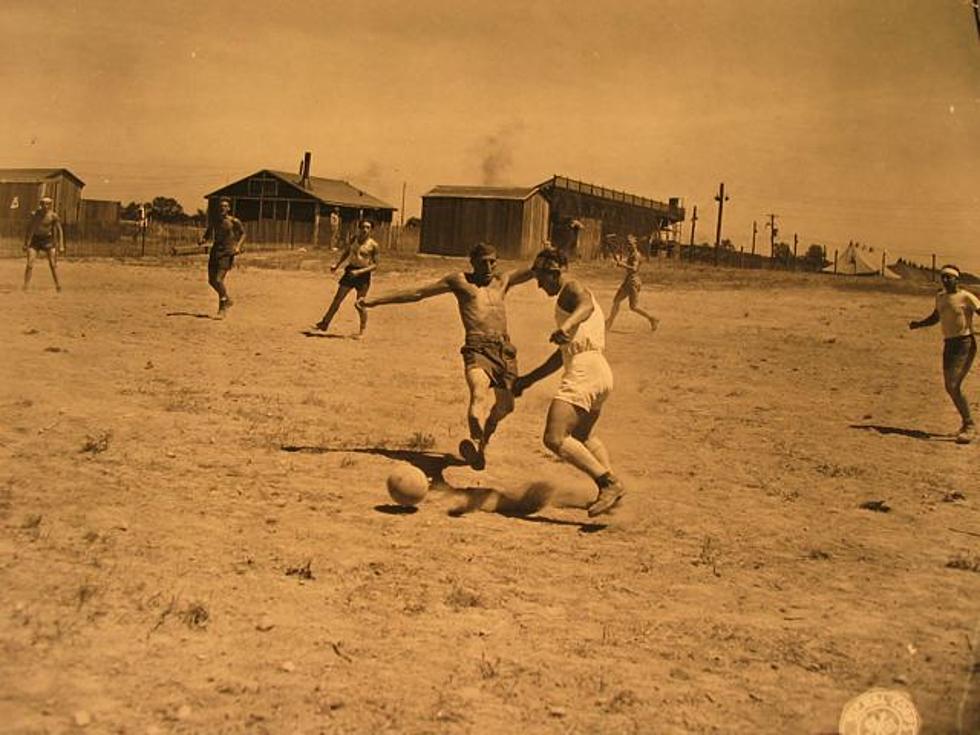
Photo Credit: Shiawassee Historical Museum
POW Work Detail
The POWs had been treated fairly and with respect. For example, in March of 1945 The Pet Milk Company in Wayland had inquired about having POWs work for them. The government had created a contract which insisted that the POW laborers be treated the same as the civilians: be paid $0.65 per hour and not work more than an 8 hour day. In addition, The Pet Milk Company would be responsible for transporting the POWs to and from camp.
Prisoners would have been given a sandwich for their lunch break. The prisoners who had labored at a family farm had been more fortunate. They would regularly be invited onto the porch for a cool drink and homemade food. This personal interaction, connecting with the enemy, had left an impression on the prisoner and the farming family. Even with language barriers, these people had looked into each others eyes with gratitude and understanding.
Fraternizing With Prisoners
Fraternizing with prisoners had been discouraged, however U.S. citizens and prisoners had connected. Small trinkets and gifts had been shared: soap, cigarettes and candy.
A Berrien County woman in her 80’s had recalled how the German POWs had been like “big brothers.” One POW had been an equestrian and had worked with her on horseback riding skills once a week.
“One officer who served in the German Africa Corps said it was like the (TV show) ‘Hogan’s Heroes’ in reverse,” he had smiled.
At the same time, some Americans had resented the fact that these prisoners had been treated so well, while our U.S. prisoners hadn’t been respected overseas. These patriots had referred to the U.S. POW camps as, “The Fritz Ritz.” During wartime, feelings rise to the surface and seep from our pores without a filter.
Alice Lameroux
One story which has been painted on my heart is about Alice Lameroux, whose farm had been across the street from Sparta’s POW camp, Peach Ridge. Daily she had viewed the prisoners hauled in trucks to their work detail. With familiarity, they often nodded and sometimes waved to each other.
Alice’s three sons, Al, Hunter and Donald, all in their 20’s, had been serving in the U.S. military. She had proudly hung a banner with three blue stars on her front door. Within a short time, a gold star had replaced one of the blue stars representing a son’s death.
Not long after Alice had received a second telegram, “I regret to inform you . . . ” Another son had died.
Prisoner Detshel had heard of this tragedy and led a band of men, marching in unison, toward her home on the other side of the street where they stood at attention silently and saluted. Later, Detshel had explained, “We respect everybody who – how do you say – make sacrifice.”
Escape Attempts
The prisoners had been told that the wooded region had bears and wolves roaming about as a deterrent for attempted escapes. The inmates had already been aware of the vast countryside from their train ride into the area. So most POWs had accepted their fate and made the best of the situation by working to earn money.
At one point, though, a few POWs had planned an escape from Camp Lakewood by swimming across Lake Michigan to Chicago and live with German families who had resided there. However, the prisoners had thought that Lake Allegan was Lake Michigan. After a long swim the group had been brought back to camp.
Josef Mes, a 22 year old POW, had escaped from Camp Lakewood on foot, but had been apprehended two days later. The Geneva Convention had prescribed the punishment for such actions; fifteen days of hard labor and fourteen days of bread and water. Mes had feared his return home to Yugoslavia where he’d be seen as a traitor for joining Hitler’s army.

Some escape attempts had been coerced through American civilians. In Owosso, two young women had planned to go on a joy ride with two POWs. The girls had picked up the pair of men who had been hiding in a thicket after their factory work shift. The quartet had been apprehended in the early morning hours after a night at a dance hall. The men had been relocated to a high security facility. Kitty Chase, 20, and Shirley Druce, 19, had been tried, convicted and sentenced to a year in jail for their overnight rendezvous. Upon their release, the women had moved away from Michigan as the international coverage of their trial had brought them unwelcomed fame.
Camp Lakewood Closes
With WWII ending on September 2, 1945 the arduous process of sending the POWs home began. As the men reached European soil, their governments had reassigned many to construction crews in order to rebuild their city’s infrastructure. Finally, by December of 1948 most had been permitted to return to their homes.
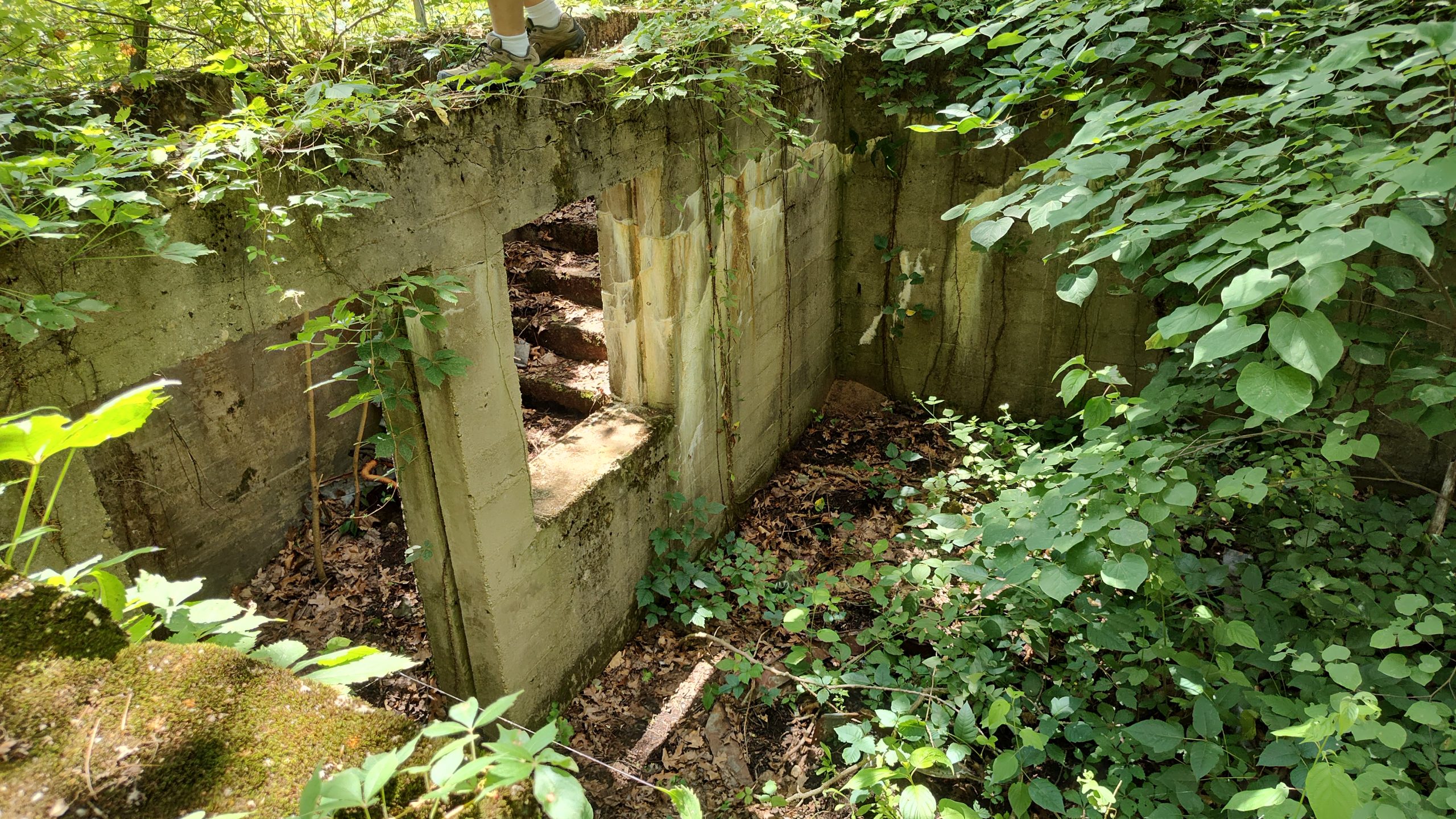
By January 1946, Camp Lakewood had been closed and the State of Michigan had been assigned as care taker. A few schools and clubs had used the space for meetings and activities. However, without regularly scheduled maintenance the structures had fallen into disrepair. Vandalism had also become a problem. So the buildings had been torn down.
As you can see, nature has been working hard to reclaim the area. But I challenge you to remember those who’d stepped over the thresholds of these structures. There are so many stories of strength and hope. Within the framework of World War II enemies had respected each other and had found common ground.

Even though the enemy had lived among us at the POW camps, human connections had been made. Several of which had shaped the Americans’ and prisoners’ future lives. Some foreigners had kept in touch with their American friends and returned to the U.S. to introduce their own families to their ‘Yankee comrades.’ A few of these Europeans had even moved to the United States permanently. It appears that our world is a happier place when we seek out our similarities, instead of our differences.
Related Links:
Enjoy our Restless Viking YouTube video about WWII POW Camp Lakewood in Allegan, Michigan.
Restless Viking merchandise is available!
Resources:
Michigan PWO Camps in World War II by Greagory D. Sumner is available on Amazon.
LinkedIn site article by James Draper
Allegan County Heritage website
Forest History Society article
The Oakland Press article
Traveling the Heritage Trail: Allegan – MLive article
Camp Lakewood website
Sparta PW Camp article






One thought on “Michigan’s WWII POW Camps”
This was an informative and enjoyable read!